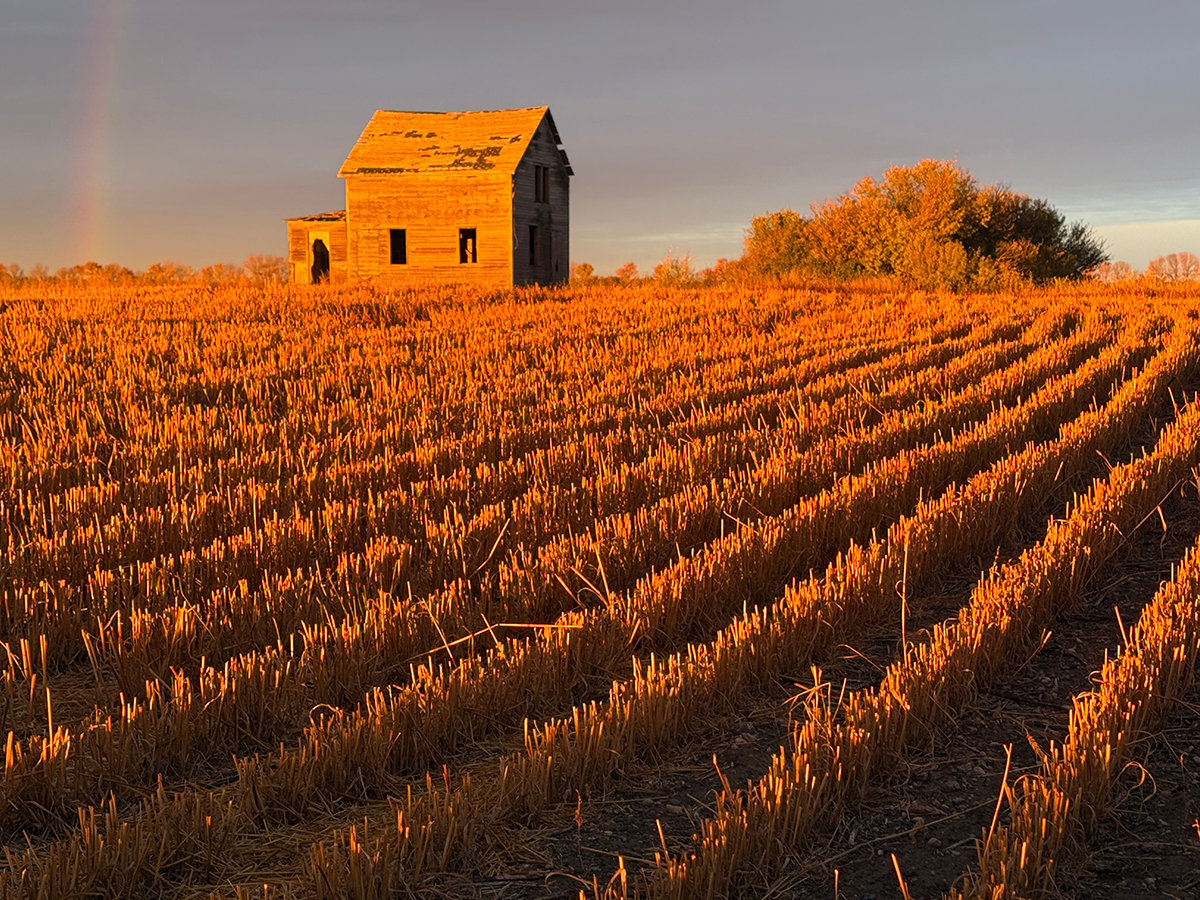Control essential | Disease often confused with sclerotinia or root rot
VIKING, Alta. — Only farmers with grey hair or little hair likely remember the devastating impacts of blackleg on canola, but all farmers should be concerned about the fungal disease, said an Alberta plant pathologist.
“We’ve forgotten all about it. I’m here to tell you it’s back,” Ralph Lange told farmers during a crop tour.
“You need to recognize it and learn to control it,” said Lange, a pathologist with Alberta Innovates, Technology Futures in Vegreville.
Because many farmers are too young to know much about the disease, it’s often confused with sclerotinia or root rot.
Read Also

Forecast leans toward cooling trend
July saw below average temperatures, August came in with near to slightly above average temperatures and September built on this warming trend with well above average temperatures for the month.
“They’re wrong a ding dong,” said Lange.
Farmers need to look for dried cankers and light coloured lesions with black spots on the canola stem, he said. The spots look like someone shook pepper on the plant.
Another test for blackleg is to cut open the stem with a pair of shears and look for the black or grey discolouration. Sclerotinia produces no black spots, and infected canola stems will shred like a paintbrush when twisted. Blackleg infected stems don’t shred.
“It’s important to know the difference between sclerotinia and blackleg,” he said.
Rotation is the best way to manage blackleg, followed by buying seed with blackleg resistant genetics and using fungicides.
While breeders have created plants with good resistance to blackleg, short canola rotations have worked to break down that resistance and the disease is once again showing up in prairie canola crops.
“It’s coming back because of two-year rotations,” Lange told the farmers.
Blackleg overwinters on infected canola residue and overtime the resistance bred into the canola has broken down.
“We’re now in the era of resistance management,” he said.
“You now have to do everything you can through different genetics to try and keep the fungus on its toes. Try not to give it the same set of genetics as you did the last time,” said Lange, who recommends farmers look closely at canola varieties that are resistant to blackleg and avoid repeatedly using the same one.
Blackleg showed up in the late 1970s and early 1980s and slowly spread across the Prairies, cutting yields in half.
Lange said farmers have access to new fungicides to help control blackleg, but said using fungicides without other control aids is like “putting a filter tip on the cigarette.”














